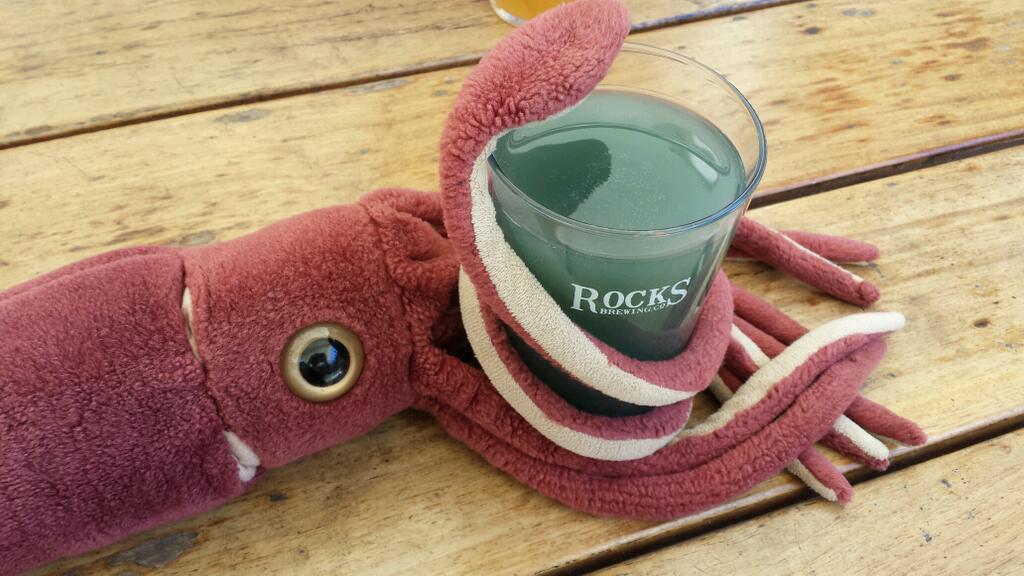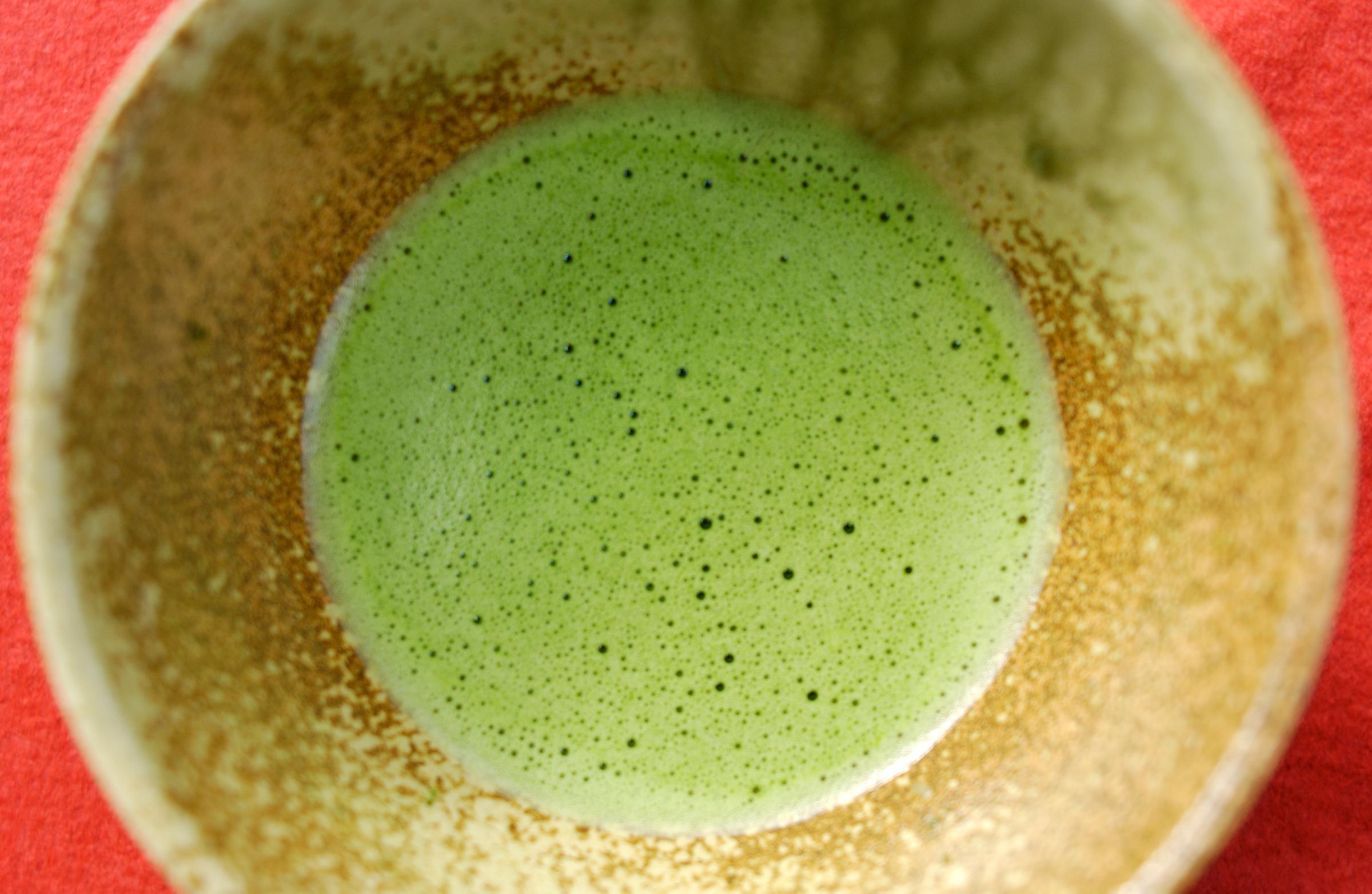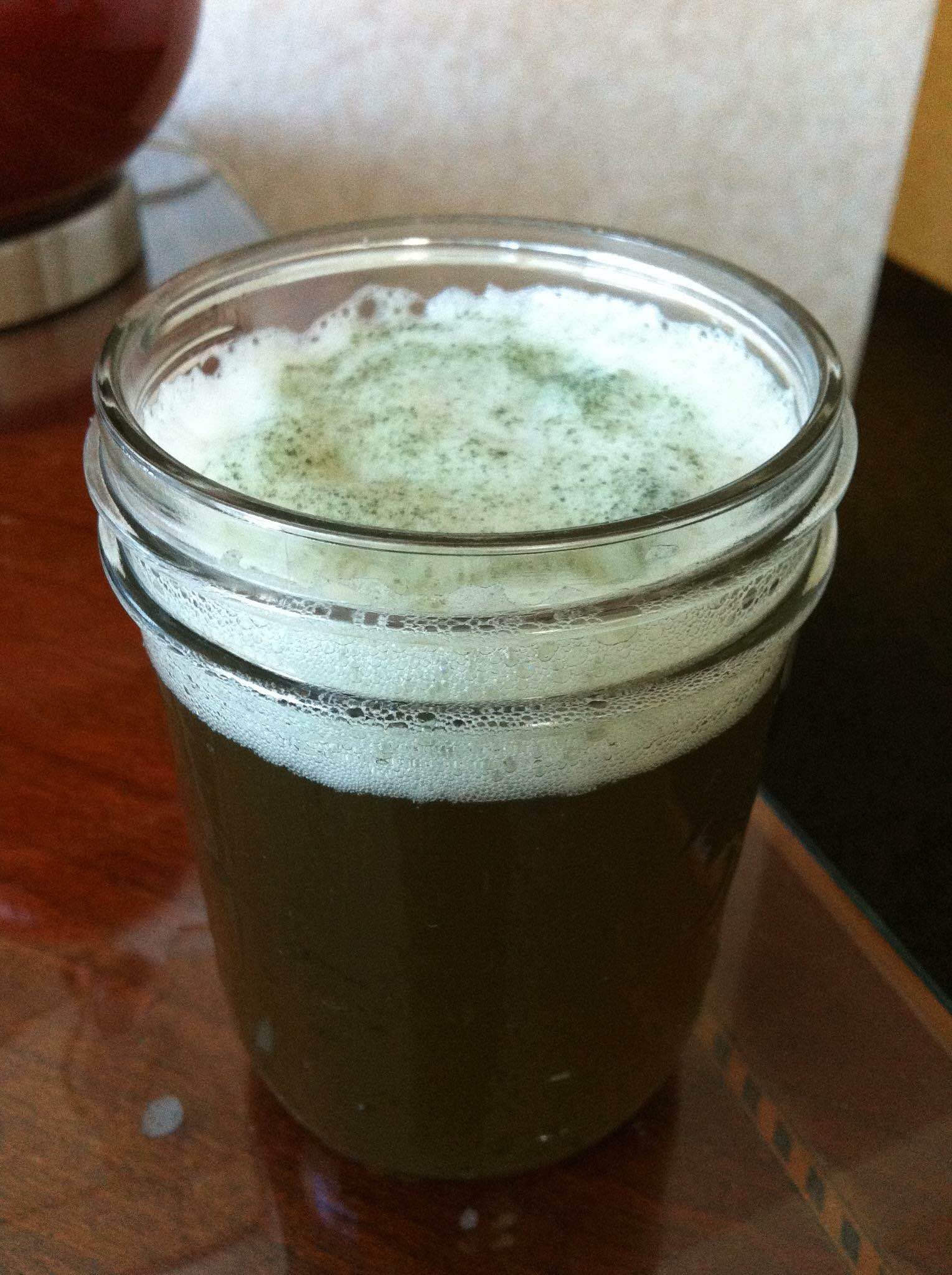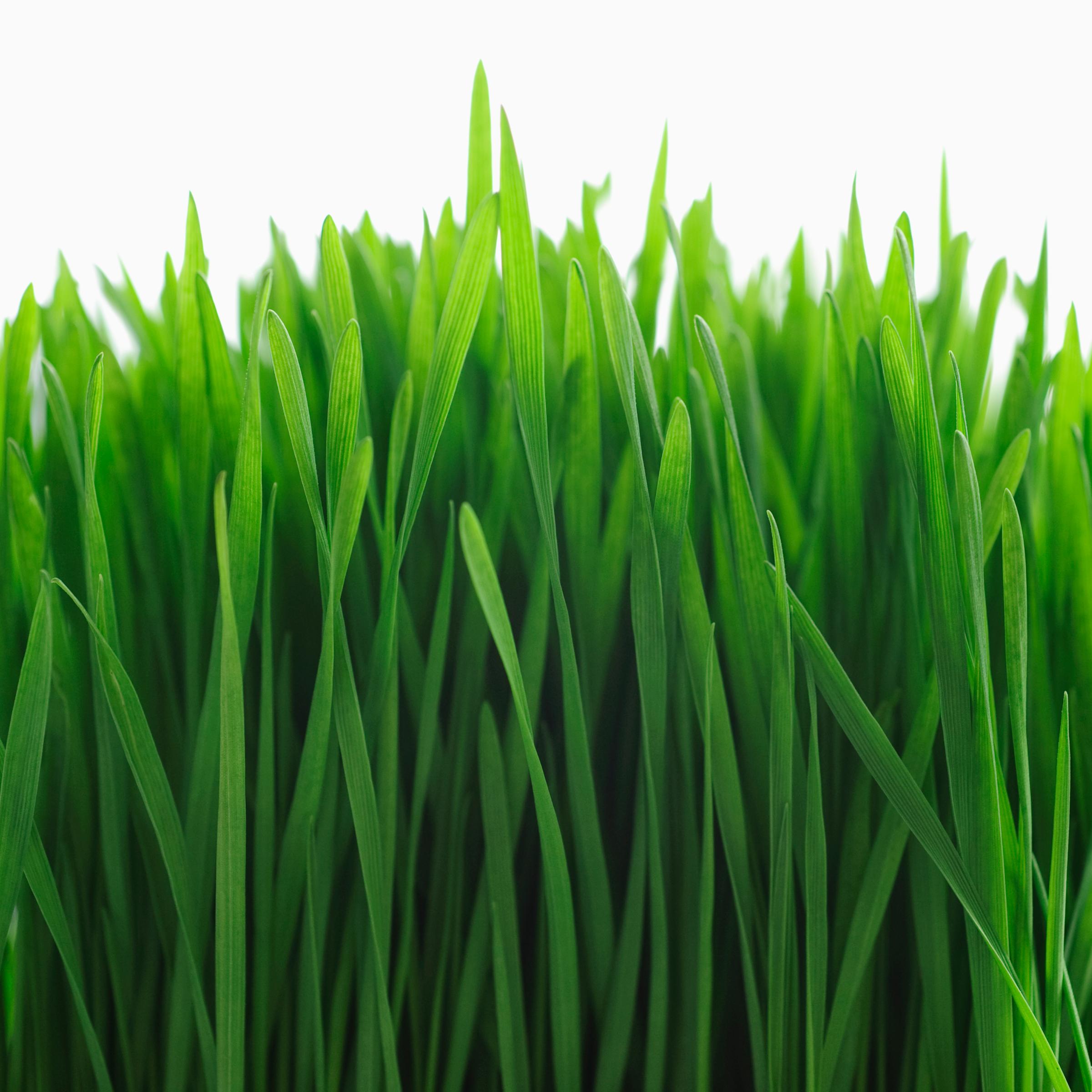Dropping in green food coloring (with a dash of propylene glycol and parabens) won’t do your beer—or your health—any favors. But if you insist on drinking green beer this St. Patrick’s Day, consider these five natural—and truly peculiar—ways to enjoy a shamrock-shaded beer.
Spirulina

Pond scum stars in Spirulina Wit, a Belgian-style wheat beer by Freetail Brewing Company in San Antonio. They dreamt up the drink after a brewer started taking powdered spirulina—blue-green algae known for its high concentration of aquatic protein—as a dietary supplement. “There’s an almost radioactive-looking green hue to it,” says Scott Metzger, founder and CEO of Freetail Brewing Co.
Customers loved Spirulina Wit for its semi-sweet, “vegetable-y type fruit” flavor, Metzger says. “People say all the time, ‘Oh, so this is healthy?’ We’re like, ‘Well, it’s still beer. It didn’t, like, turn into a protein shake by putting spirulina in it.'”
It’s on tap at the brewery, starting on St. Patrick’s Day and through the summer.
Other beers brewed with spirulina didn’t go over so well. Back in 2005, Dogfish Head unveiled the Verdi Verdi Good, which poured a clear emerald green—and fizzled. “We brewed this beer once,” the company writes on its site. “Turns out it wasn’t at the top of our list of successes!” The brew is now retired.
“It was the only naturally green beer at that time,” says Sam Calagione, president and founder of Dogfish Head. But from the way he describes it, the flavor—”earthy and tasting like a pond”—didn’t land it a permanent spot on the tap rotation.
Squid ink

Darren Robinson, inventor of beer styles at the Australian beer company Doctor’s Orders Brewing, wanted to create a funky-colored beer with an even funkier ingredient—squid ink, the green-black, iron-rich stuff the cephalopods squirt when they’re escaping. Cephalopod Black Berliner Weisse was born.
Squid ink didn’t affect the taste, Robinson says, but it did make color uniformity nearly impossible. The batches ranged from “radioactive green” to “dirty paint-water grey,” he says. Apart from alienating a few vegan venues, it was a huge hit.
Did he ever consider just adding a few drops of food coloring? “That goes against everything I’m doing with beer,” he says. “That would just be cheating…and it wouldn’t have been the success it was.”
Matcha green tea

Clover-green matcha—tea leaves finely ground into a powder, then whipped into hot water—has 137 times the famous catechin antioxidants found in regular green tea, one study shows. Add it to beer, and you’ve got a matcha made in heaven. Rocket News 24 swears by the stuff: “All it takes is about a half teaspoon of matcha powder dissolved in a half-glass of warm water,” they write. Fill the rest with beer, they explain, and “the matcha even fluffs up the beer foam for a beverage with a rich, velvety head that borders on physically impossible to stop drinking.”
Chlorophyll

Desiree Winans, creator of the natural health blog Modern Hippie, felt out of place in the sea of green beers when in Chicago for St. Patrick’s Day a few years ago. “I sort of was resentful for not being able to partake in the green beers,” she says. “But I’m not going to drink it if I don’t know what’s in it.”
So she brought along a vial of chlorophyll to organically jerry-rig a green beer. Five to ten drops will do it—and chlorophyll, she swears, doesn’t even have a flavor.
Wheatgrass

It’s packed with chlorophyll, sure, but will hops make freshly-mowed-lawn-tasting wheatgrass easier to swallow? Jolly Pumpkin Artisan Ales in Ann Arbor partnered with a local farm to make a Wheatgrass IPA. The results were, well, better than you’d think. “Very abrasive bitter finish that lingers, but you get used to it rather quickly,” writes one reviewer. You can make your own, says Organic Authority, by spiking a beer with a tablespoon of wheatgrass juice.
More Must-Reads from TIME
- Breaking Down the 2024 Election Calendar
- How Nayib Bukele’s ‘Iron Fist’ Has Transformed El Salvador
- What if Ultra-Processed Foods Aren’t as Bad as You Think?
- How Ukraine Beat Russia in the Battle of the Black Sea
- Long COVID Looks Different in Kids
- How Project 2025 Would Jeopardize Americans’ Health
- What a $129 Frying Pan Says About America’s Eating Habits
- The 32 Most Anticipated Books of Fall 2024
Write to Mandy Oaklander at mandy.oaklander@time.com